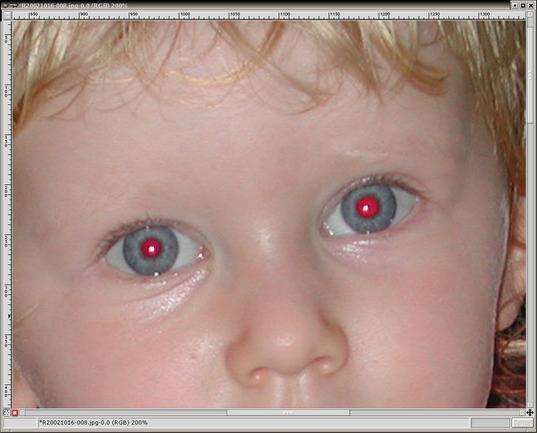
A vet needs to do a lab test to diagnose the condition. It takes a week and a half or less for the infection to take hold after your cat has been exposed to an infected cat. The conjunctiva of the eyes turns red and becomes inflamed when infected, and a greenish or yellowish discharge is present. In cats, chlamydia is mainly an upper respiratory condition that can also affect the cat's eyes, making them develop chlamydial conjunctivitis. The chlamydia that infects cats, Chlamydia felis, is not the same as the sexually transmitted disease that humans can contract, but it's possible for a cat to transmit the feline bacteria to humans. On the bacterial side, infections from the pathogen that causes chlamydia is very common in cats. The infection can be bacterial or viral, and these need to be treated and monitored as soon as possible. The number one reason why you don't want to ignore red eyes in cats is that the inflammation could be caused by an infection, and infections are always at risk of becoming much worse. Here are some of the most common causes of red eyes in cats: Infections There's a range of conditions that could make your cat's eyes turn red, from simple irritation to infection to autoimmune disease.
:max_bytes(150000):strip_icc()/GettyImages-173505158-595133815f9b58f0fc89d639.jpg)
If you see your cat presenting with red eyes, even if nothing else appears to be wrong, take your cat to the vet.

Red eyes indicate inflammation, so it’s important to determine the root cause to properly treat your furry friend. As a cat owner, it’s important to be on the lookout for signs of illness, and red eyes in cats is one such symptom. Pet illnesses can be frustrating because your cat can't simply tell you what's wrong - at least in words.


 0 kommentar(er)
0 kommentar(er)
